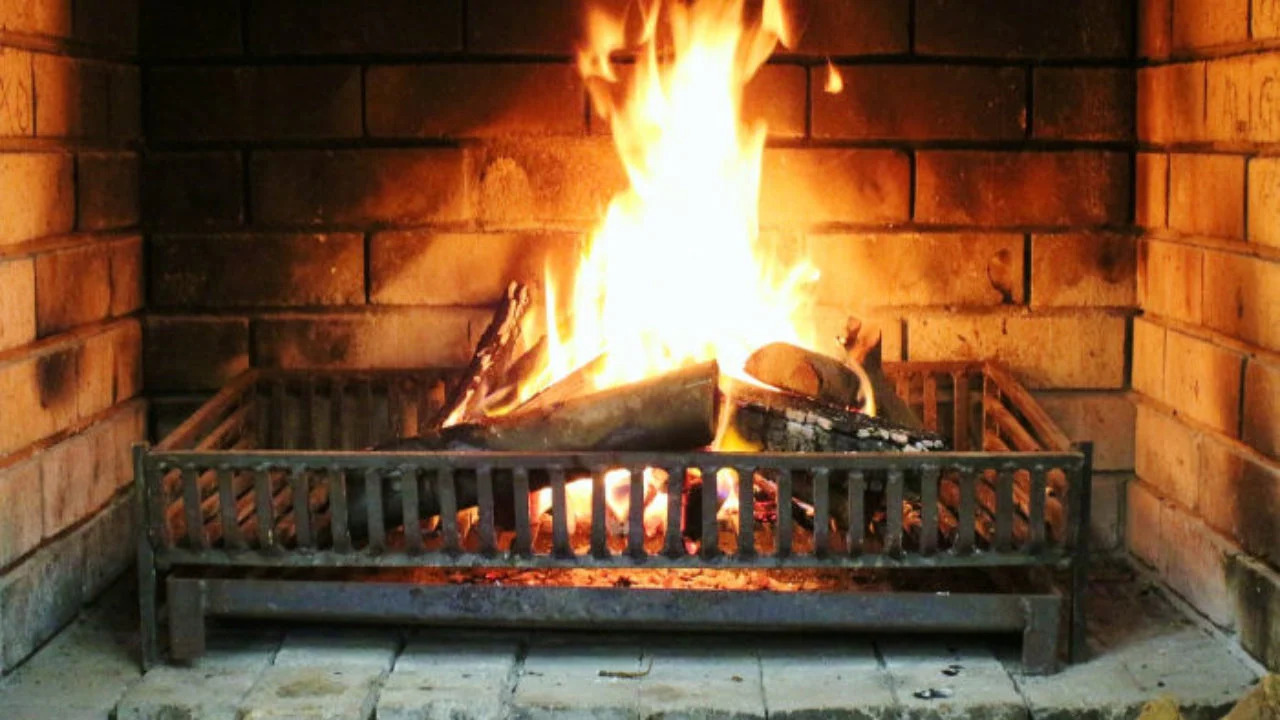

Articles
How To Turn On A Chimney
Modified: December 7, 2023
Learn how to turn on a chimney with our informative articles. Get expert tips and advice on starting and maintaining a cozy fire.
(Many of the links in this article redirect to a specific reviewed product. Your purchase of these products through affiliate links helps to generate commission for Storables.com, at no extra cost. Learn more)
Introduction
Welcome to our comprehensive guide on how to turn on a chimney! A fireplace is not only a beautiful addition to a home but also a source of warmth and comfort during the colder months. However, before you can enjoy the cozy ambiance and crackling fire, it’s essential to know how to properly turn on your chimney.
Understanding the process of turning on a chimney is crucial for ensuring safety and optimal performance. This article will provide you with step-by-step instructions, helpful tips, and safety precautions to follow when preparing and lighting your chimney. By the end, you’ll have all the knowledge you need to confidently start up your chimney and enjoy the warmth it brings.
Key Takeaways:
- Proper chimney maintenance, including regular cleaning, inspections, and adherence to safety precautions, is essential for safe and efficient operation. Prioritize safety by installing detectors and having a fire extinguisher on hand.
- Understanding the components of a chimney and following step-by-step procedures for preparation and lighting are crucial for confidently turning on a chimney and enjoying its warmth and ambiance.
Read more: How To Turn On A Gas Chimney
Understanding your Chimney
Before diving into the process of turning on your chimney, it’s important to have a basic understanding of its components. A chimney is a vertical structure that provides a passage for smoke and gases to escape from a fireplace or wood-burning stove. It plays a crucial role in preventing smoke from entering your living space and ensuring the efficient flow of air.
Chimneys are typically constructed with bricks or metal and consist of several key elements. The flue is the inner lining of the chimney and directs the flow of air and gases. It’s important to note that there may be multiple flues if you have multiple fireplaces or heating appliances connected to the same chimney.
The chimney stack is the visible part of the chimney that extends above your roofline. It is responsible for creating a draft, which helps in the movement of air and combustion gases. A chimney cap is installed at the top of the stack, preventing debris, animals, and rainwater from entering the chimney.
Additionally, chimneys may have dampers, which are devices that control the amount of air flowing in and out of the fireplace. Dampers can be opened or closed to adjust the intensity of the fire and reduce heat loss when the fireplace is not in use.
By familiarizing yourself with the key components of your chimney, you’ll have a better understanding of how it functions and how to operate it safely. Now, let’s move on to the steps involved in preparing to turn on your chimney.
Preparing to Turn On the Chimney
Turning on a chimney involves a few preparatory steps to ensure a safe and efficient operation. Here’s what you need to do:
- Clean the chimney: Before starting your first fire of the season, it’s essential to clean your chimney. Over time, soot, creosote, and debris can accumulate, which can be a fire hazard. Consider hiring a professional chimney sweep to thoroughly clean the chimney or use chimney cleaning tools and brushes if you’re experienced.
- Check for any obstructions: Inspect the chimney to ensure there are no blockages or nests of animals, like birds or squirrels, inside. These can prevent proper airflow and increase the risk of fire or carbon monoxide buildup. If you find any obstructions, contact a chimney professional to safely remove them.
- Inspect the chimney cap and damper: Check the chimney cap to ensure it’s securely in place and free from any debris or damage. It should have proper ventilation and fit tightly to prevent unwanted elements from entering. Also, test the damper to ensure it opens and closes smoothly. If you notice any issues, repair or replace them to maintain the proper functioning of your chimney.
- Clear the area around the fireplace: Remove any flammable items, such as furnishings, drapes, or decorations, from the vicinity of the fireplace. Keep a clear space of at least three feet to avoid any accidental fires.
- Have necessary tools and supplies: Gather the necessary tools and supplies, including firewood, kindling, matches or a lighter, and a fireplace poker. Having these items readily available will make the lighting process smoother and safer.
By following these preparatory steps, you can ensure that your chimney is clean, free from obstructions, and ready for safe operation. Once you have completed these tasks, you can proceed to the next step, which is lighting the chimney.
Lighting the Chimney
Now that you have prepared your chimney, it’s time to learn how to effectively light it. Follow these steps to safely ignite a fire in your chimney:
- Open the damper: Start by ensuring that the damper is fully open. This allows the smoke to easily escape through the chimney rather than filling up your living space.
- Prepare the firebox: Arrange the firewood in the firebox in a way that allows for proper airflow. Stack the logs at the back of the fireplace, leaving space in the front for kindling and ignition materials. Ensure the logs are not stacked too tightly, as this could hinder the airflow.
- Ignite the fire: Begin by placing a few sheets of crumpled newspaper or small pieces of kindling in the front of the firebox. Then, use long matches or a fireplace lighter to ignite the kindling. Once the kindling has caught fire, slowly add more small pieces of firewood on top. Be cautious not to smother the flames and maintain proper ventilation.
- Monitor the fire: Once the fire is lit, closely monitor its progress. Keep an eye on the flames, ensuring they’re steady and not excessively smoky. Adjust the damper if necessary to regulate the airflow and maintain a consistent burn. Add more firewood as needed to sustain the fire.
- Enjoy your fireplace: Sit back, relax, and enjoy the comforting warmth and ambiance of your fireplace. Be sure to keep a safe distance from the flames and use fireplace tools, such as a poker or tongs, to adjust the logs as needed.
Remember to never leave a fire unattended, especially when there are children or pets around. It’s also important to safely extinguish the fire before leaving the room or going to bed.
Now that you have successfully lit your chimney, let’s discuss some essential safety precautions you should keep in mind.
Before lighting a fire in your chimney, make sure the damper is open to allow for proper airflow. This will help the fire to ignite and burn more efficiently.
Safety Precautions
When dealing with fire and chimneys, safety should always be a top priority. Here are some key safety precautions to follow when using and turning on your chimney:
- Install smoke and carbon monoxide detectors: Ensure that your home is equipped with functioning smoke and carbon monoxide detectors. These devices can provide early warnings in the event of a fire or carbon monoxide leak, allowing you to take immediate action.
- Keep a fire extinguisher nearby: Have a fire extinguisher in an easily accessible location near your fireplace. Make sure everyone in your household knows how to use it in case of an emergency.
- Use a fireplace screen or glass doors: Place a fireplace screen or use glass doors to prevent sparks and embers from escaping the firebox and potentially causing a fire hazard. This will help protect your home and loved ones from accidental burns.
- Keep flammable objects away: Avoid placing flammable items, such as blankets, curtains, or furniture, near the fireplace. Maintain a clear area around the fireplace to prevent the risk of accidental fires.
- Regularly inspect and clean the chimney: Schedule regular inspections and cleanings by a professional chimney sweep to remove any creosote buildup or debris. This will help prevent chimney fires and ensure optimal performance.
- Never leave a fire unattended: Always supervise the fire when it’s burning. Never leave a fire unattended, especially with children or pets around. Ensure that the fire is safely extinguished before leaving the room or going to bed.
- Properly dispose of ashes: Allow ashes to cool completely before disposing of them. Use a metal ash shovel to remove and transfer ashes to a designated metal container. Store the container outside, away from flammable materials, until the ashes can be safely discarded.
- Keep the chimney clean and clear: Regularly check for any obstructions, such as nests or debris, in the chimney and remove them promptly. This will prevent smoke backup and ensure proper ventilation.
By following these safety precautions, you can enjoy a warm and cozy fireplace experience while minimizing the risks associated with using and turning on a chimney.
Finally, let’s discuss some tips for maintaining your chimney to keep it in excellent condition.
Read more: How To Insulate Chimney
Maintaining the Chimney
To ensure the longevity and optimal performance of your chimney, regular maintenance is essential. Here are some important maintenance tips to keep your chimney in excellent condition:
- Schedule annual inspections: Arrange for a professional chimney inspection at least once a year. A chimney expert can identify any potential issues, such as cracks, leaks, or damaged components, and provide the necessary repairs.
- Clean the chimney regularly: In addition to annual inspections, it’s crucial to clean your chimney regularly. Creosote buildup, bird nests, and other debris can obstruct airflow and increase the risk of chimney fires. Hire a professional chimney sweep or use cleaning tools and brushes to remove any buildup.
- Check for signs of damage: Conduct periodic visual inspections of your chimney for any signs of damage. Look for cracks in the chimney stack, loose or crumbling bricks, or deteriorated mortar. If you notice any issues, contact a professional to assess and repair the damage.
- Monitor the chimney cap: Regularly inspect the chimney cap to ensure it’s secure and in good condition. Replace the cap if it becomes damaged or starts to show signs of wear and tear. A properly functioning cap keeps out debris, rainwater, and animals.
- Trim nearby trees: If you have trees near your chimney, make sure to trim any branches that are within a safe distance. Falling branches or leaves can obstruct your chimney or increase the risk of fire.
- Properly store firewood: Store firewood in a dry and well-ventilated area away from your home. Moisture in the firewood can lead to increased creosote buildup and affect the performance of your chimney.
- Consider chimney waterproofing: If you live in an area with frequent rain or snow, consider applying a waterproofing sealant to your chimney. This can protect the masonry from water damage, preventing cracks and deterioration.
- Stay informed about local regulations: Be aware of any local regulations and codes relating to chimneys and fireplace usage. Familiarize yourself with any permits or restrictions that may apply to the maintenance or operation of your chimney.
By following these maintenance tips and staying proactive, you can keep your chimney in optimal condition and ensure safe and efficient operation for years to come.
With proper understanding, preparation, and maintenance, you can confidently turn on your chimney and enjoy the warmth and beauty it provides. Stay safe and cozy!
Conclusion
Congratulations! You have reached the end of our comprehensive guide on how to turn on a chimney. We’ve covered everything from understanding the components of a chimney to the step-by-step process of preparing and lighting it. By following the guidelines and safety precautions outlined in this article, you can start up your chimney with confidence, knowing that you’re taking the necessary steps to ensure safety and optimal performance.
Remember, turning on a chimney involves more than just igniting a fire. It requires proper maintenance, regular inspections, and adherence to safety protocols. Regularly cleaning your chimney, checking for damage, and keeping the area around the fireplace clear are all crucial steps in maintaining a safe and efficient chimney.
Additionally, always prioritize safety by installing smoke and carbon monoxide detectors, having a fire extinguisher on hand, and never leaving a fire unattended. By doing so, you can enjoy the comforting warmth and cozy atmosphere of your fireplace while minimizing the risks associated with its usage.
We hope that this guide has provided you with valuable insights and knowledge about turning on a chimney. Now, it’s time to put what you’ve learned into practice and enjoy the many benefits of a well-maintained and properly operated chimney. Stay warm, stay safe, and happy fireplace season!
Frequently Asked Questions about How To Turn On A Chimney
Was this page helpful?
At Storables.com, we guarantee accurate and reliable information. Our content, validated by Expert Board Contributors, is crafted following stringent Editorial Policies. We're committed to providing you with well-researched, expert-backed insights for all your informational needs.

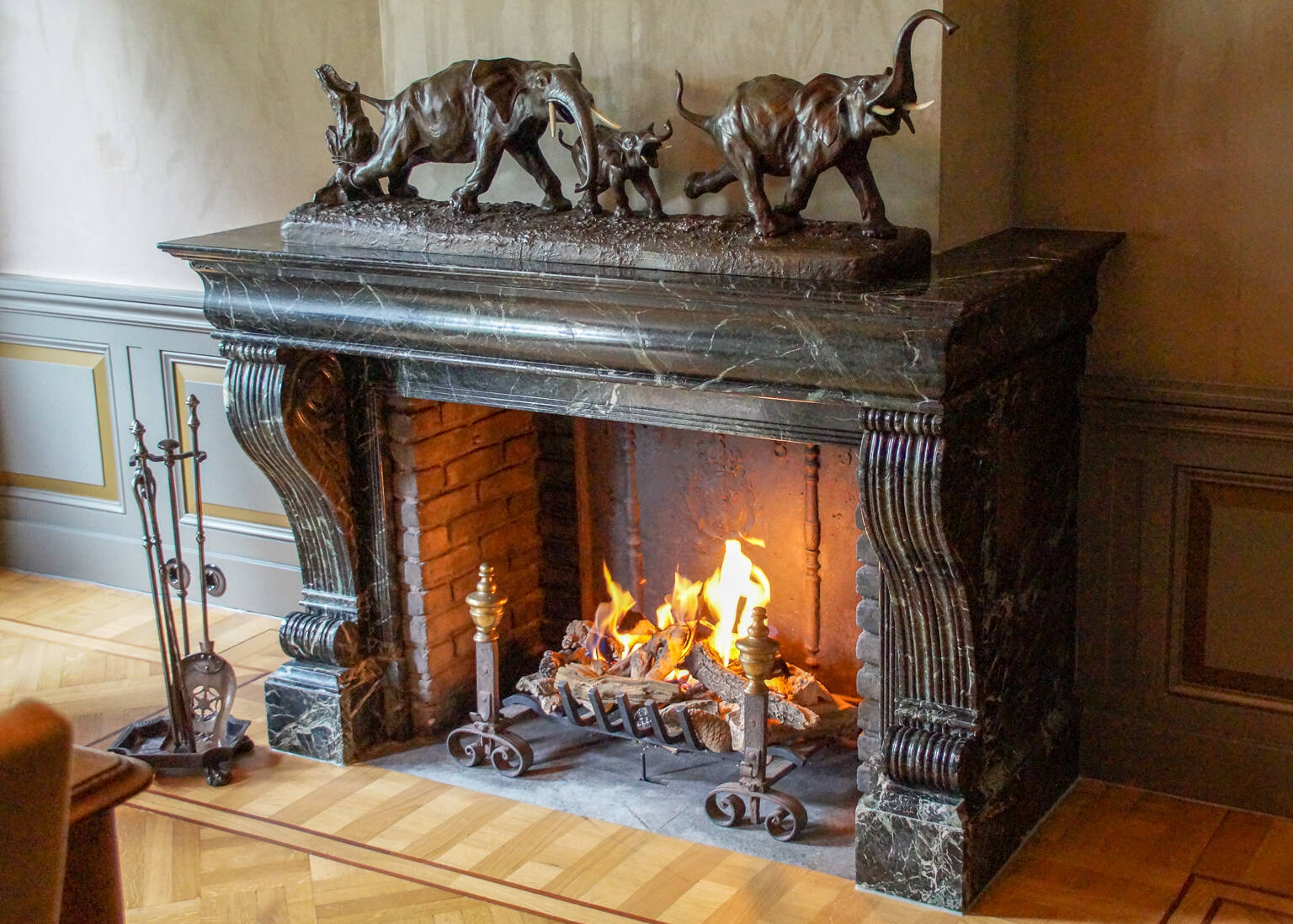
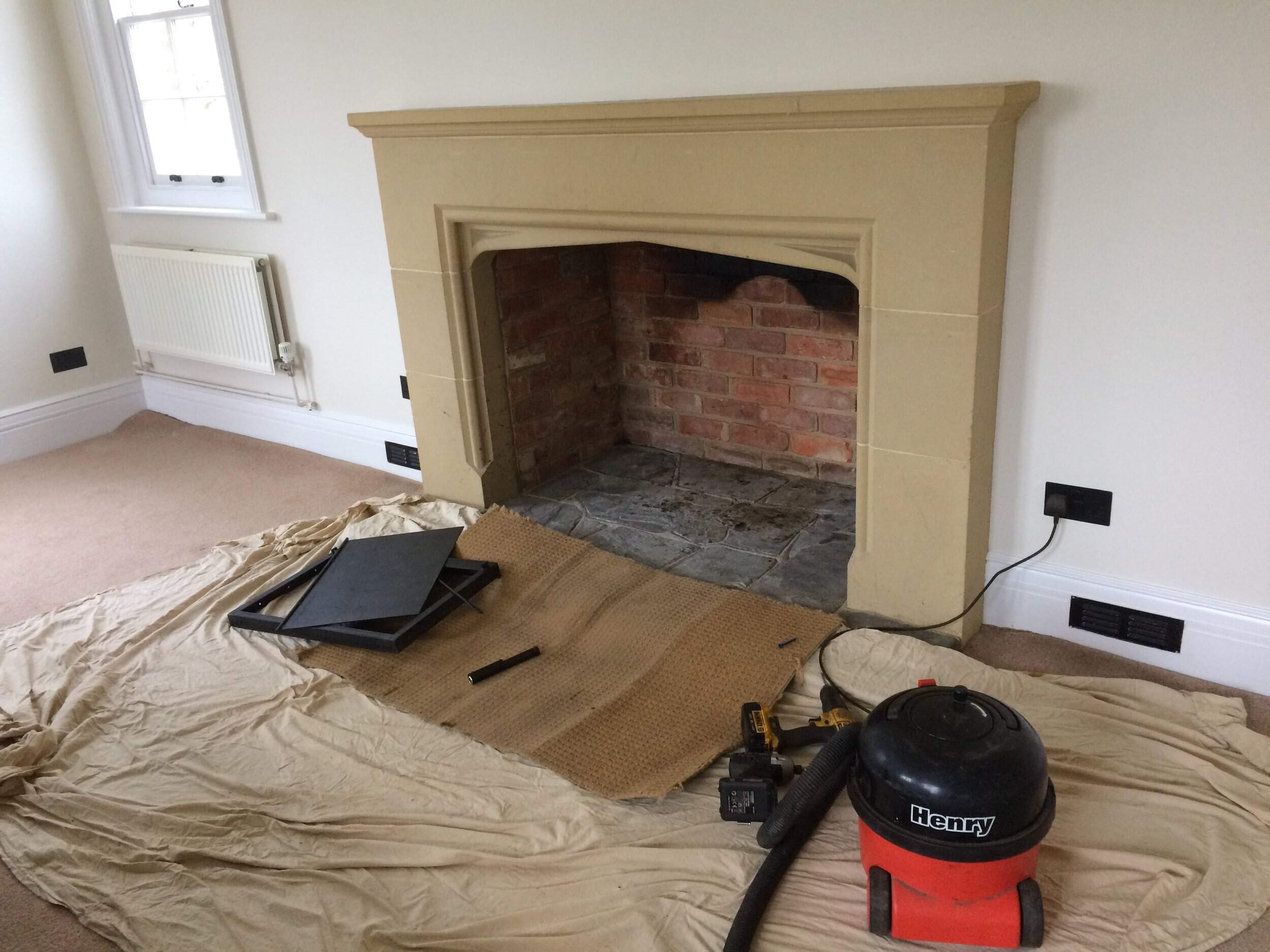
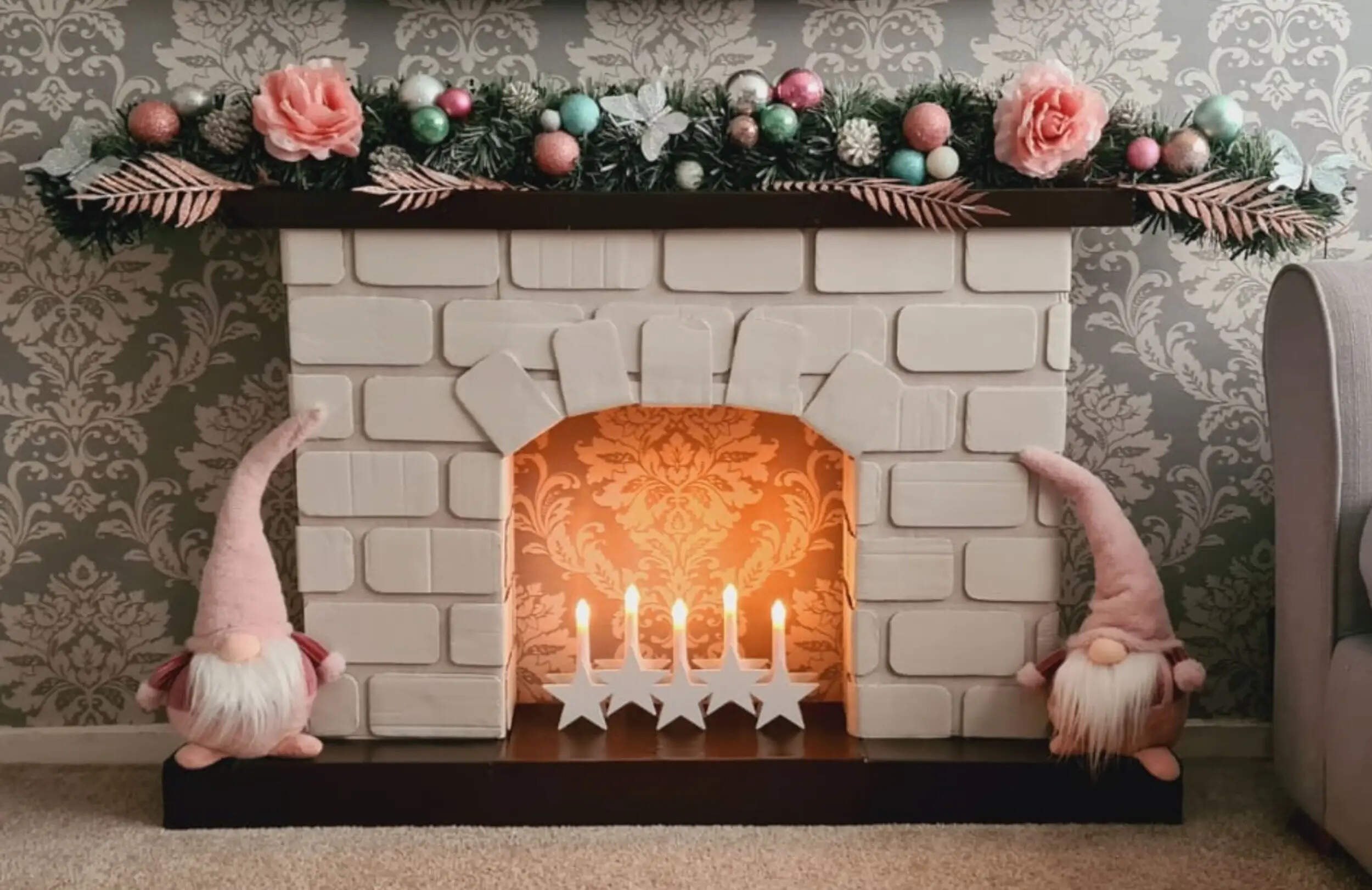
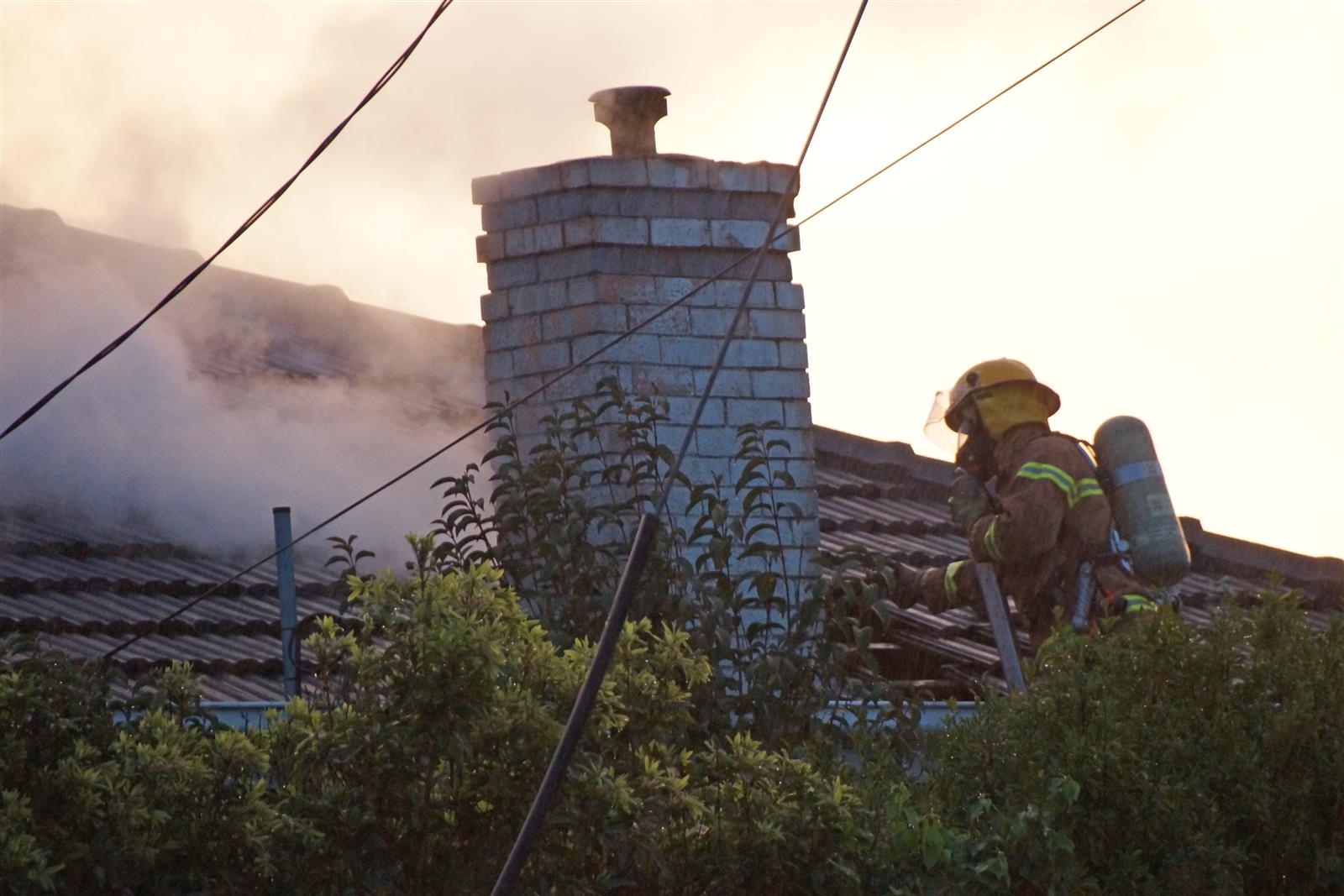
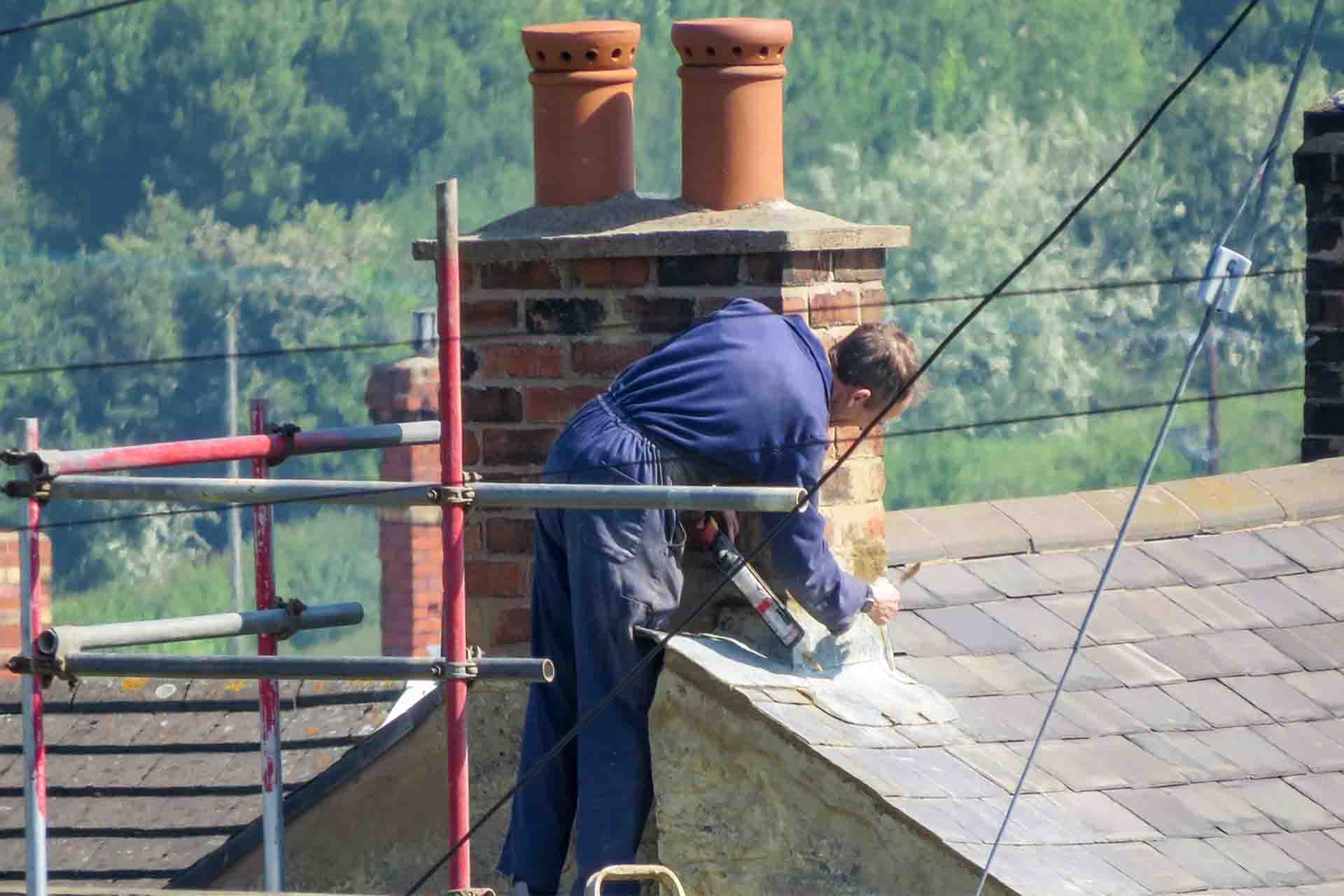
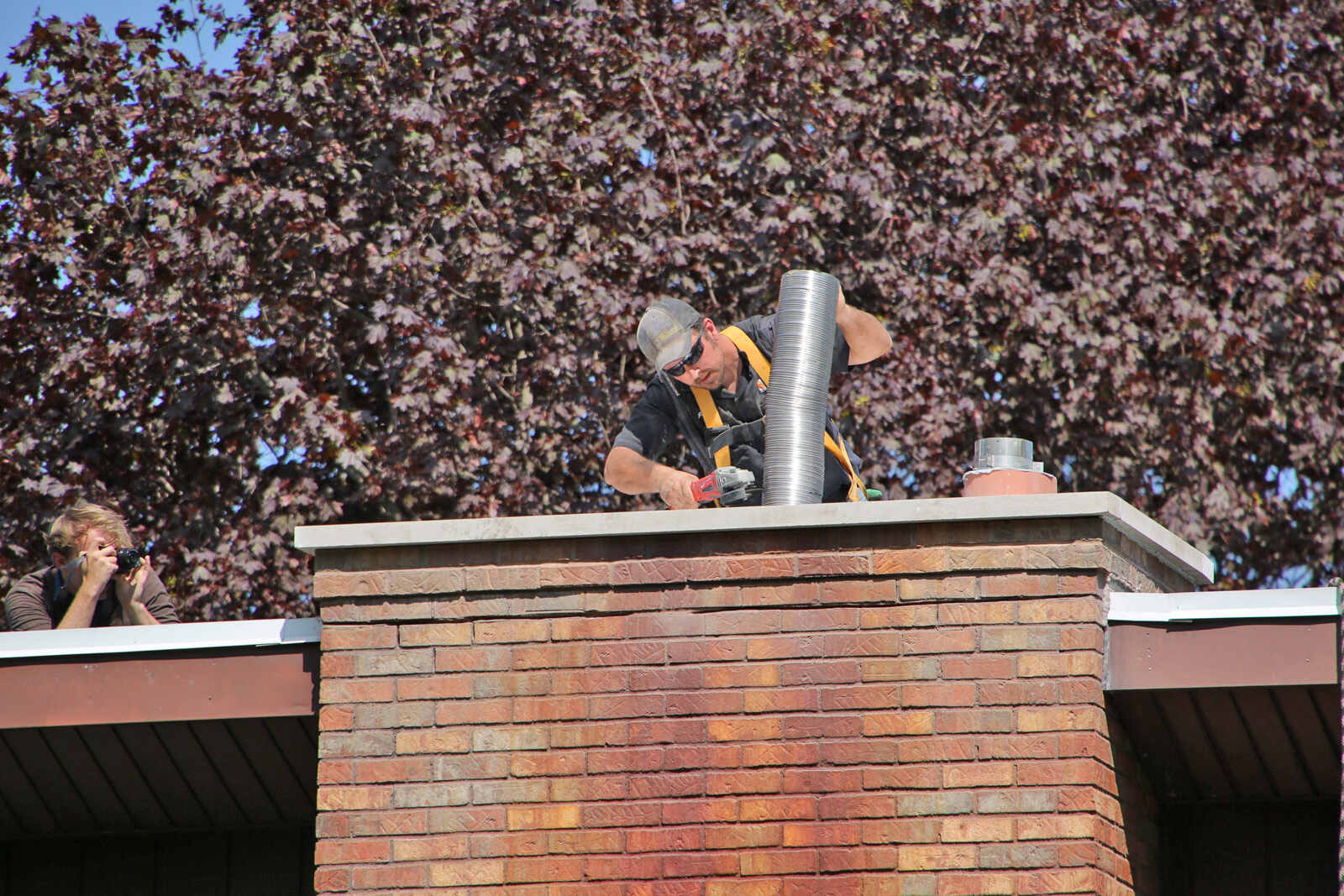
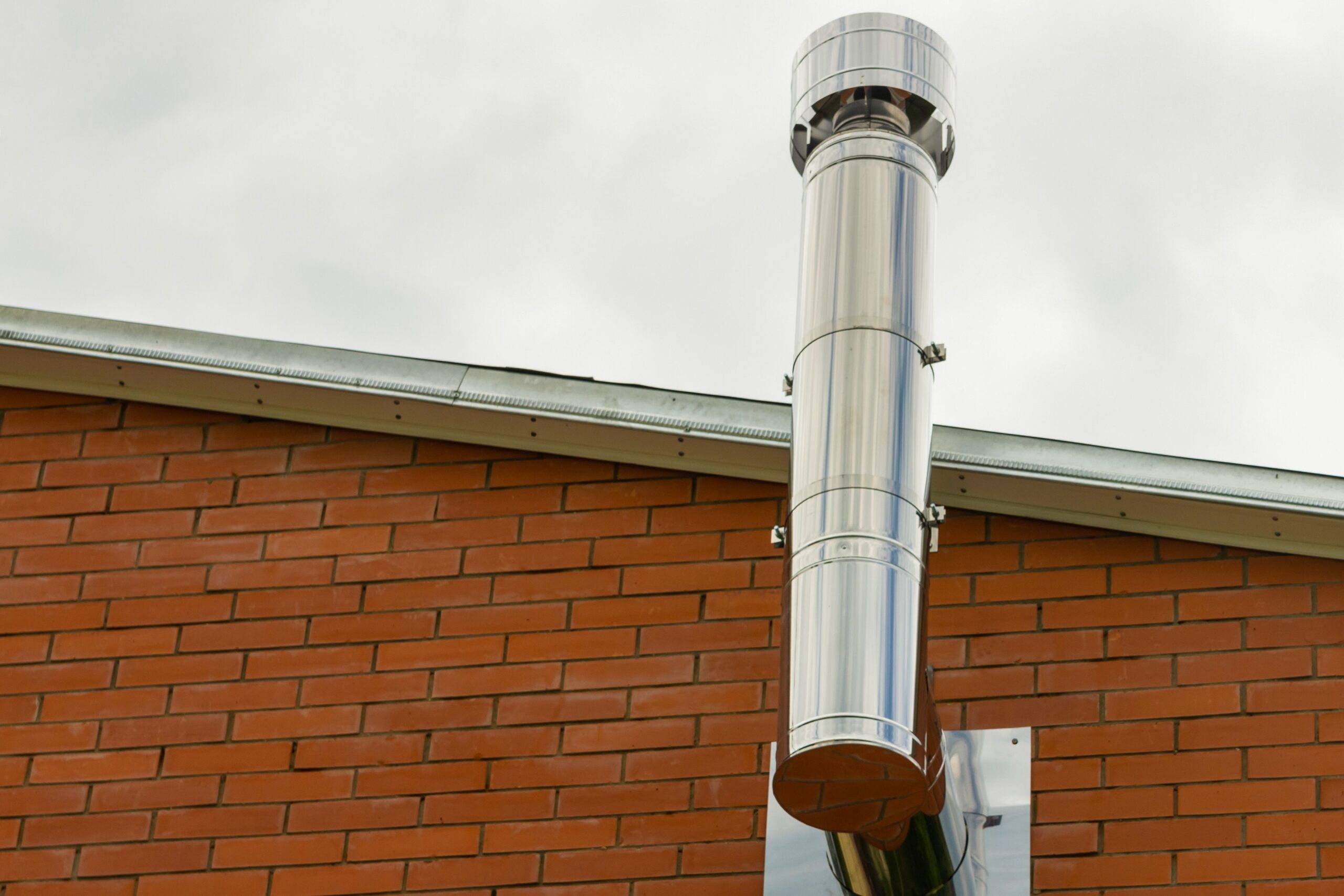
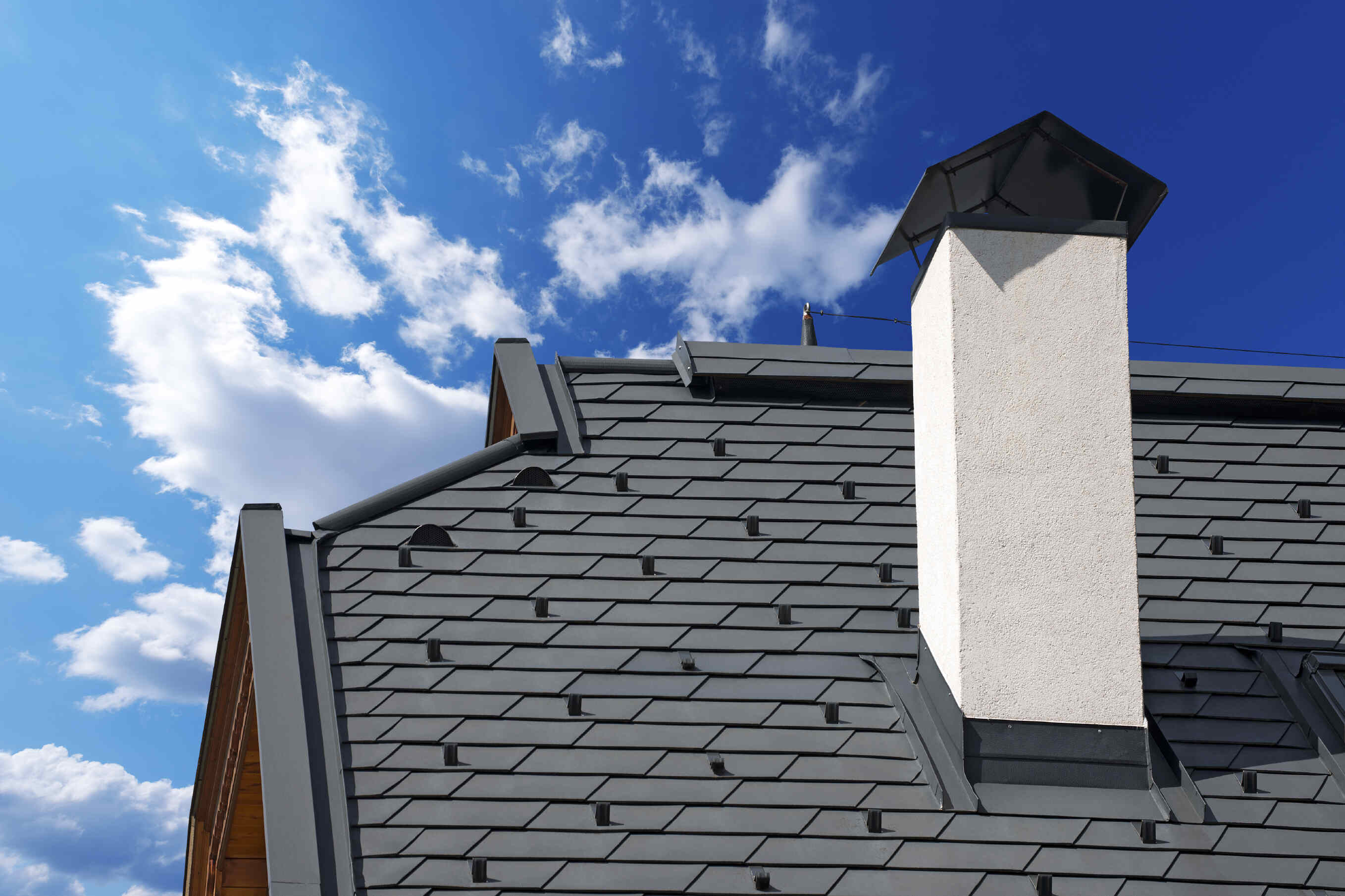
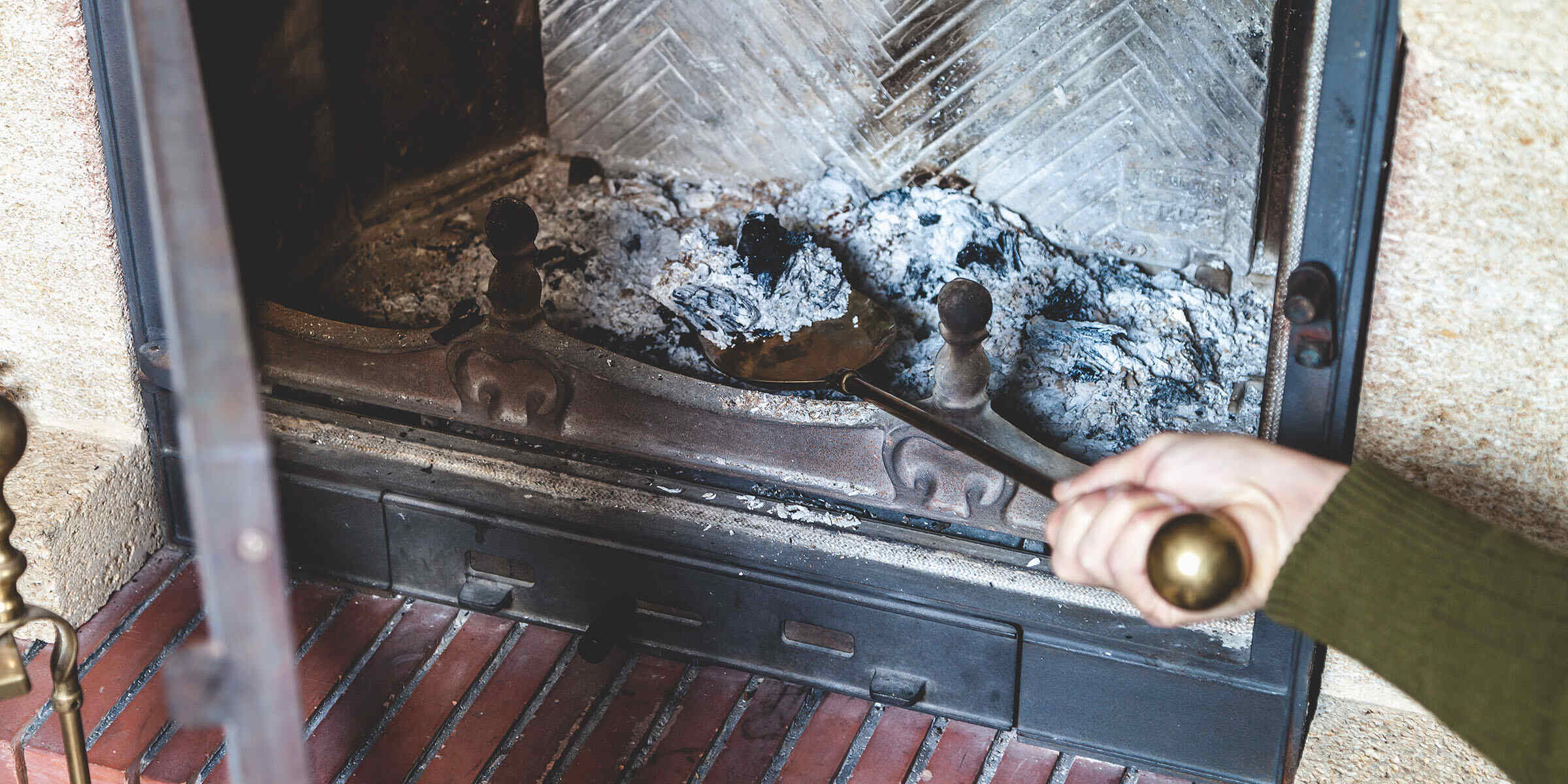
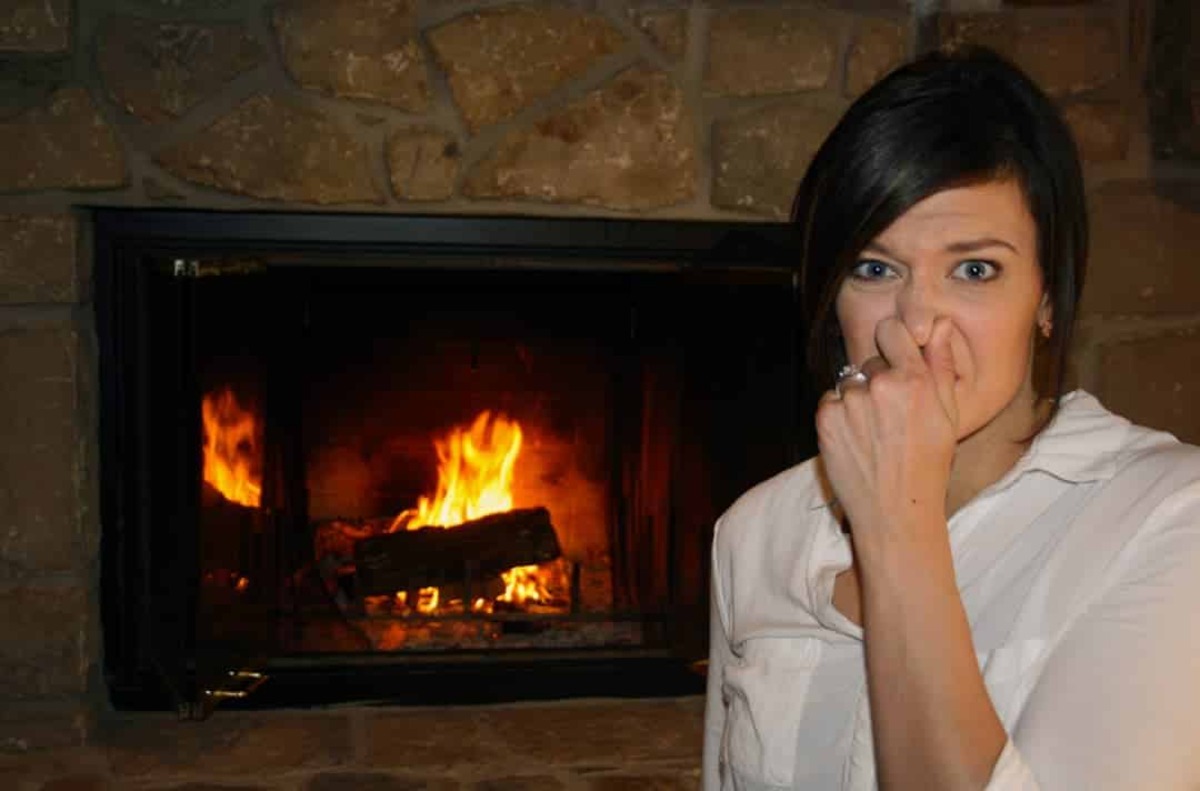
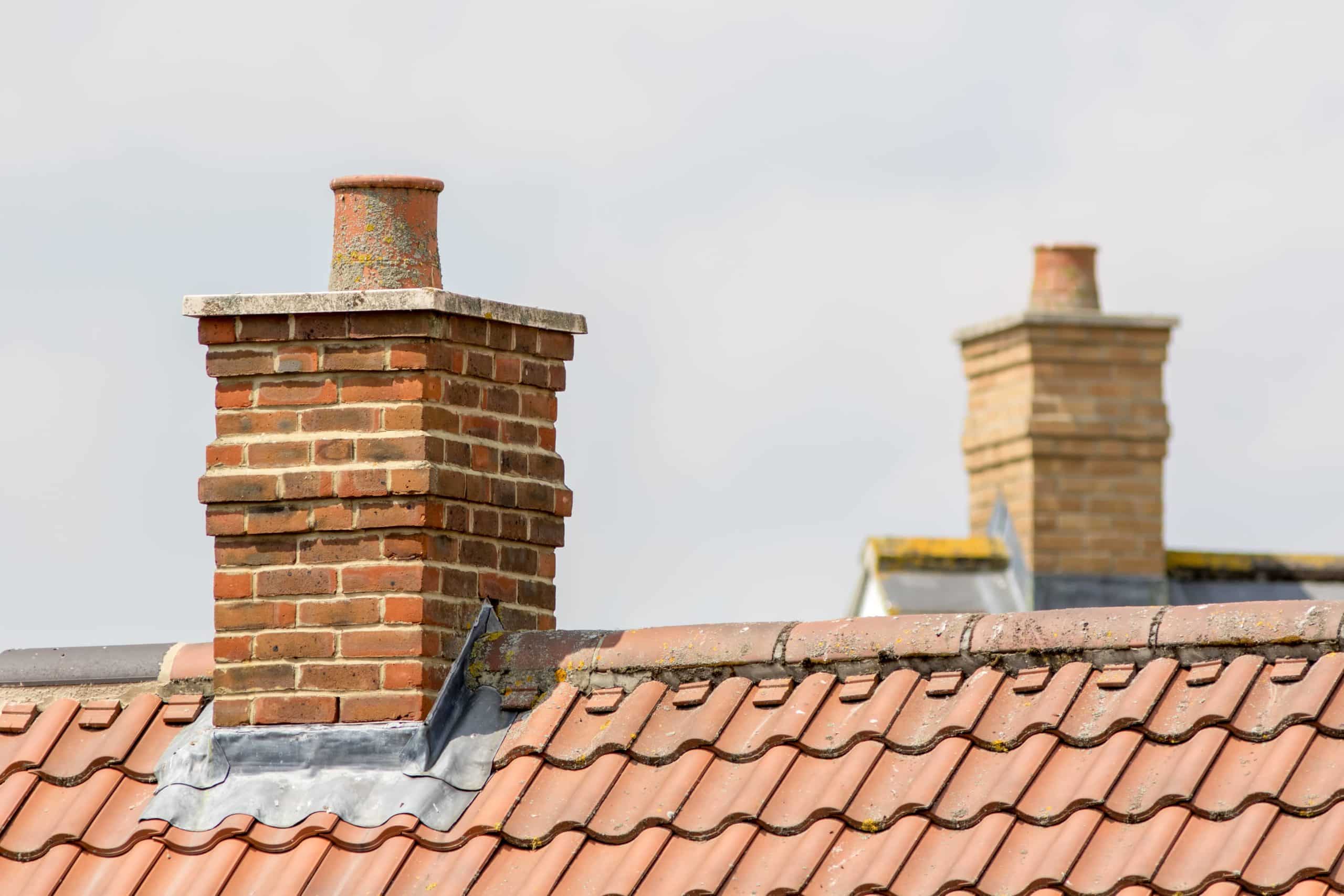
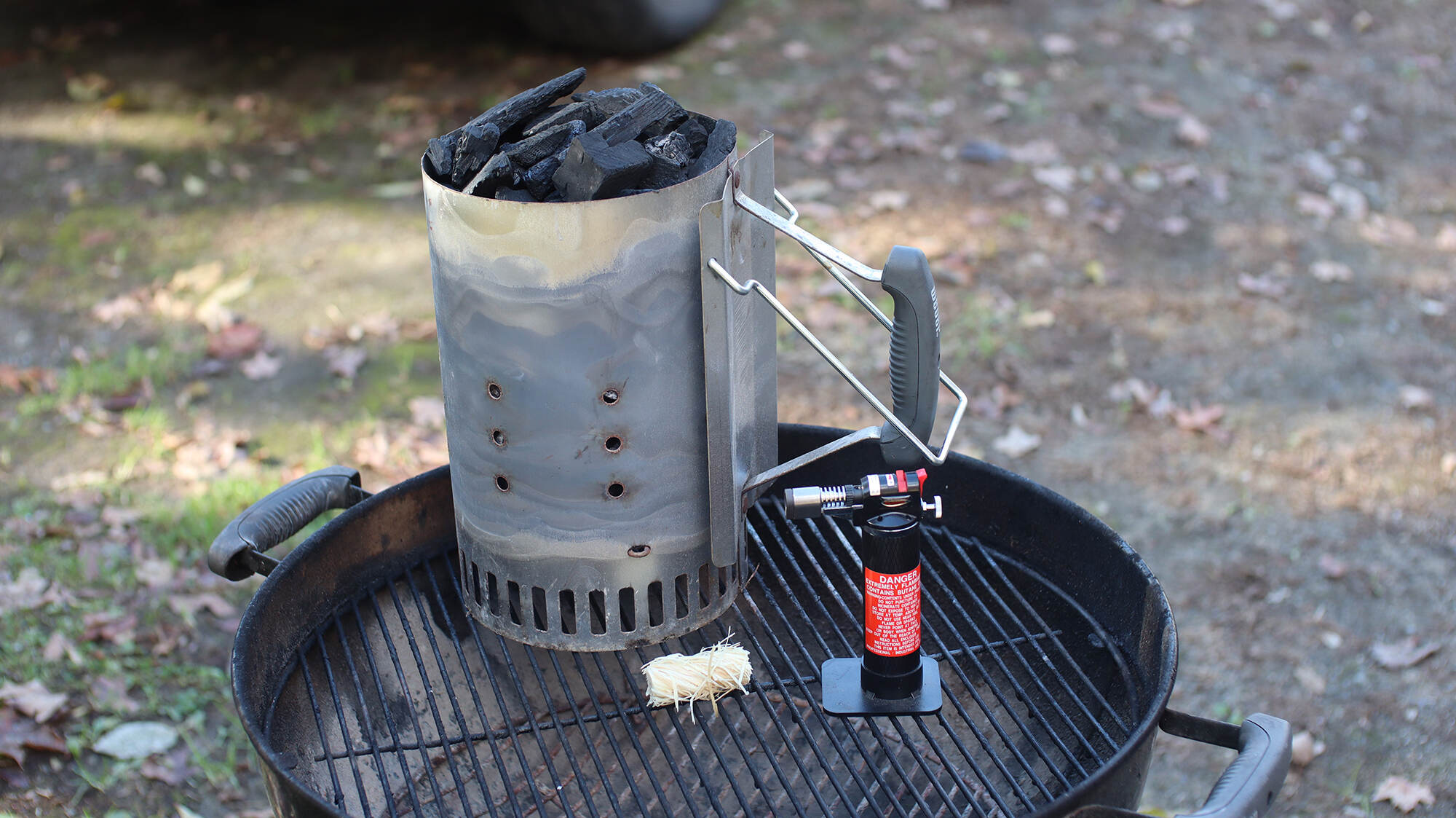
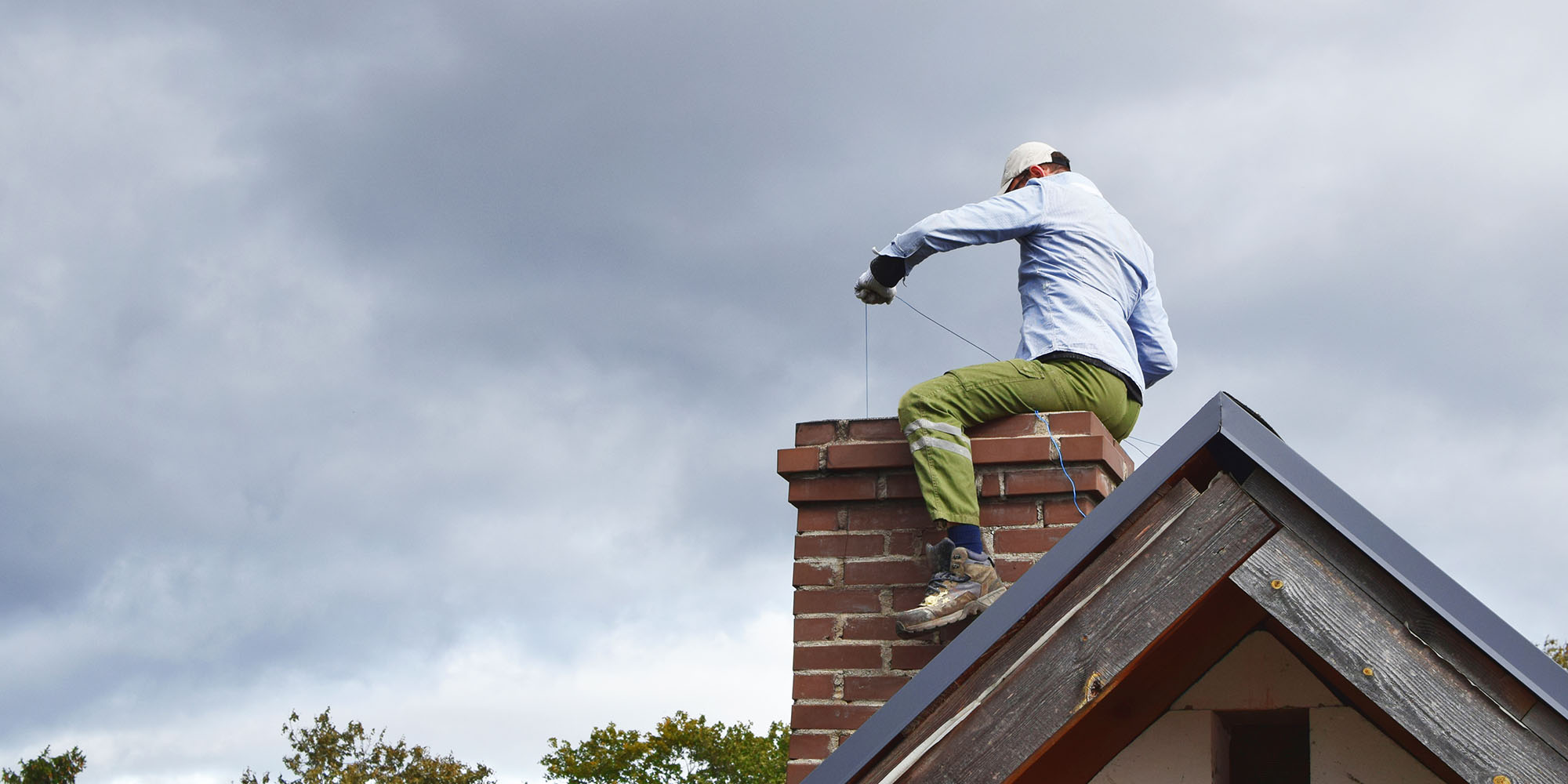

0 thoughts on “How To Turn On A Chimney”